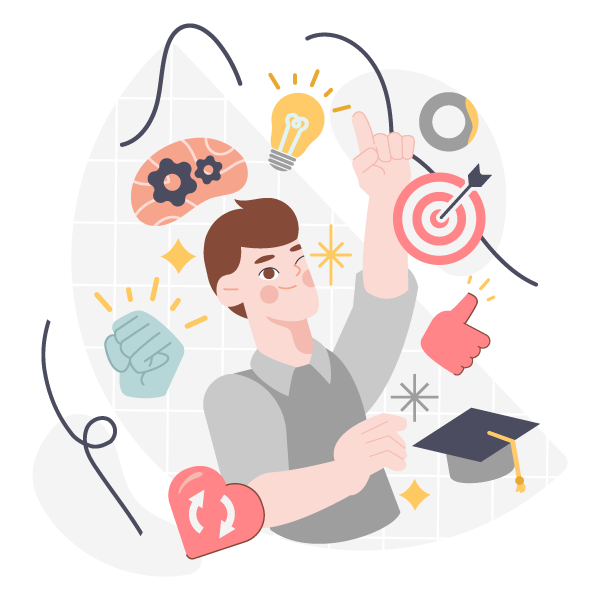No matter how you feel about them, this much we know is true: Millennials are an inescapable part of the corporate landscape. In fact, by 2030, they won’t just be part of the corporate landscape, they will make up 75 percent of the dominant generation.
If you work with millennials, you’ve probably noticed that the old status quos doesn’t really apply anymore. They want opportunities, they expect to be heard, and they demand better training.
Grab a copy of our free ebook on managing millennials here.
A survey performed by staffing agency Adecco found that 68 percent of grads said that growth and development were some of the most heavily weighed factors in choosing and sticking with a company. We’re talking about the Internet generation: super savvy and extremely picky, these digital natives require a lot more than a boring training video or a click through the module.
But hey, don’t see that as a bad thing. While some organizations might bemoan the impertinence of millennials who snub old digital learning, forward-thinking companies use the millennial state of mind as a catalyst to fix bad training. Here are just a few ways to update eLearning to millennial standards.
1. Make it Multimedia
We’ve all seen those Tasty videos made popular on Facebook (and we talked about what makes them so compelling here) due to their quick snippets of visually-appealing recipes make it almost impossible to scroll past. It’s not only the content but the delivery method that has you hooked. The brain processes images 65,000 times faster than text, so you’re able to absorb more information—even if that info is just a new way to make an ice cream float.
Compare Tasty’s formula to your own digital learning. Is it delivered in a way that is pithy, entertaining, and engaging? Millennials are used to being hooked from the first second or they’ll move on to something else. By adding multimedia elements to your learning, you start speaking millennials’ language.
If you want to learn more about how to effectively add multimedia to your learning, contact us here.
2. Personalized Playlist
Think about it: The millennial generation has never been limited by the confines of say, a premade CD or the unyielding playback of a VHS tape. They’ve grown up making their own playlists, whether it’s on their iPod or their YouTube account. They’re used to personalizing based on their preferences, but what does traditional training do? Forces all learners through the exact same experience.
Make sure that you give the learner control when it comes to what, when, and where they learn. By opening up a learning library, for instance, millennial and other learners alike can pick and choose the topics in which they’re most interested. Similarly, adding the ability to test out of certain topics or spend more time on others gives learners the chance to become their own learning leaders.
3. Collaboration Culture
Sure, you might hold meetings or brainstorming groups, but for a generation whose phones are used for anything but voice-based communications, traditional collaboration can feel stilted and awkward. Millennials want the chance to collaborate and share, of course; they just don’t want to do it face to face. Whether it’s a tool like Slack for instant messaging, training forums, or even just a Facebook group for brain dumps, peer-based learning is likely more effective when it takes place in a tech environment.
Before you roll your eyes at millennials, take a minute to reconsider your stance. What might be seen as a demanding generation could actually mean big improvements for all of your workers. After all, when millennials demand better training, you could experience bigger results.






